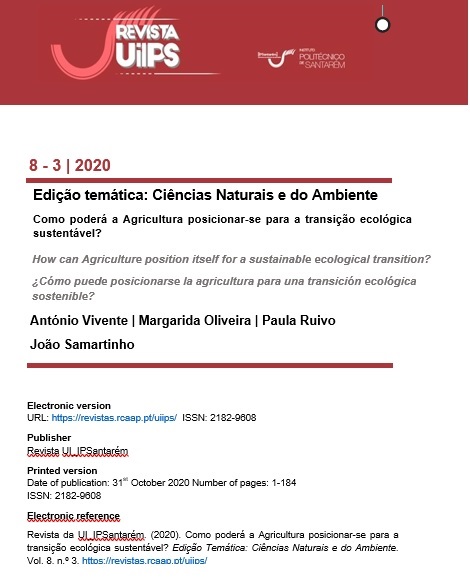Effect of dose and sperm concentration on the reproductive performance of hyperprolific sows inseminated post-cervically
DOI:
https://doi.org/10.25746/ruiips.v8.i3.21334Keywords:
fertility, total born piglets, live born pigletsAbstract
The reproductive performance of a hyperprolific swine genetic line (DanBred) was evaluated, subject to different post-cervical artificial insemination protocols, doses with different volume/sperm concentration: Reference protocol - 40 ml, 1.5x109; Experimental protocol - 80 ml, 3x109. The beneficiation period October-December was analyzed, in three consecutive years. Fertility and prolificacy (total and live births) were evaluated. Descriptive statistics of the variables under study were determined and an analysis of variance was carried out to evaluate the effect of the protocol. The fertility rate obtained with the experimental protocol (95.41%), was higher than that of the reference protocol (82.27%/93.79%). However, there was no significant influence of the type of protocol for total or live births, observing, respectively, values of 18.77±0.26/18.70±0.22 (experimental) and 17.80±0.35/16.56±0.26 and 15.91±0.34/16.71±0.22 (reference). In view of the discrepancy in the results referred in the bibliography, the adoption of a certain protocol requires prior assessment, under the specific operating conditions.
Downloads
Published
How to Cite
Issue
Section
License
Authors publishing in this journal agree to the following terms:
Authors retain copyright and grant the journal the right of first publication, with the article simultaneously licensed under the Creative Commons Attribution License that allows sharing of the work with acknowledgement of authorship and initial publication in this journal.
Authors are permitted to enter into additional contracts separately for non-exclusive distribution of the version of the article published in this journal (e.g., publish in an institutional repository or as a book chapter), with acknowledgment of authorship and initial publication in this journal.
Authors have permission and are encouraged to publish and distribute their work online (e.g., in institutional repositories or on their personal webpage) at any point before or during the editorial process, as this may generate productive changes, as well as increase the impact and citation of the published work.



